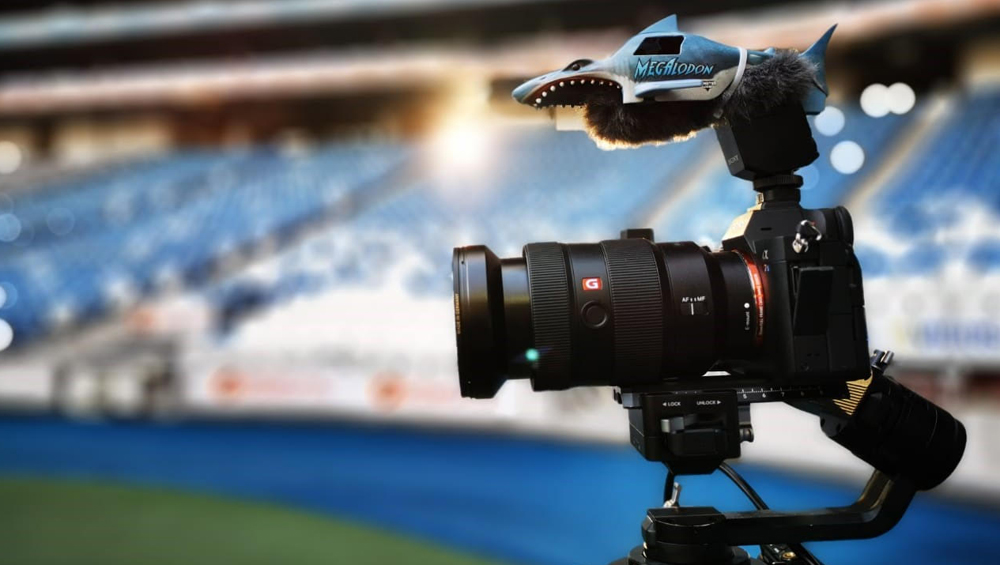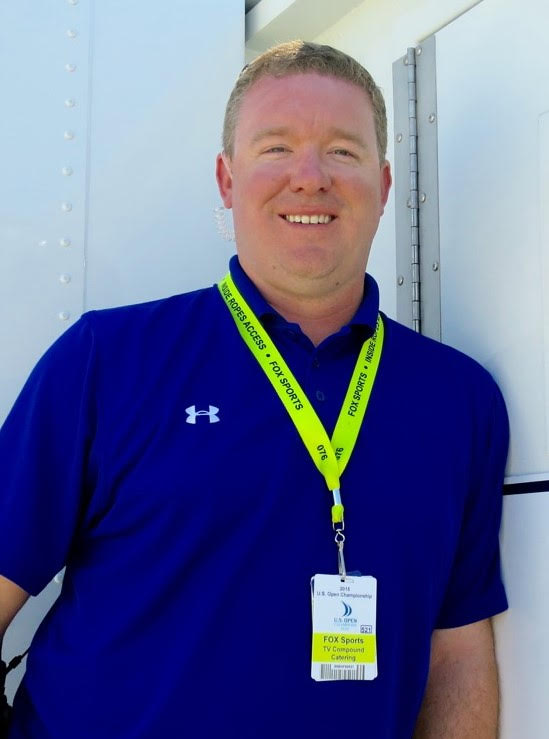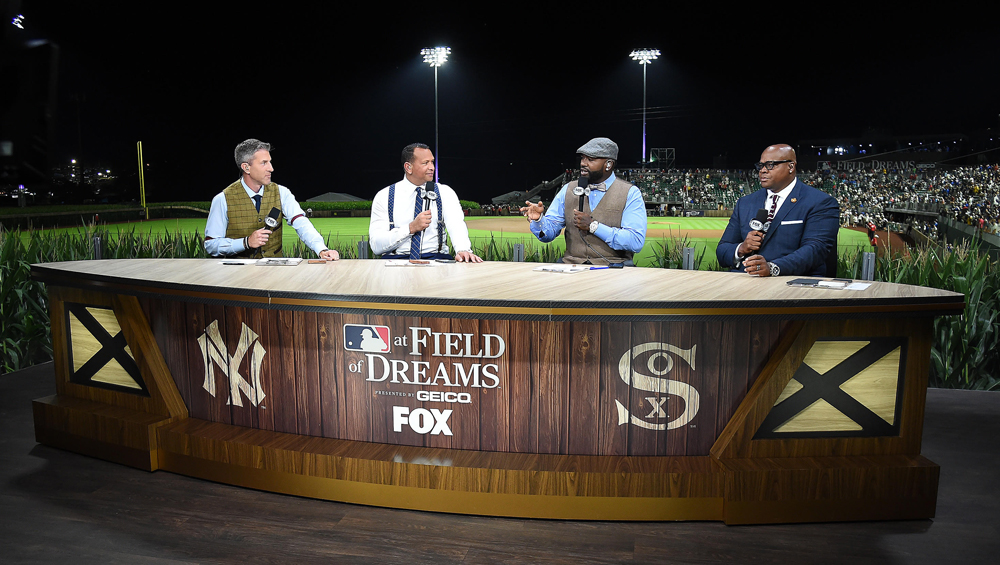
Baseball’s Postseason Pops Bubble With A Growing Tech Arsenal

After a very unusual 2020 Major League Baseball season that saw an expanded playoff field with games played in a “bubble” of a few neutral sites and mostly empty stadiums, broadcasters are excited to return to a traditional MLB postseason format this fall. While the COVID-19 pandemic persists — and as such production personnel will still wear masks in mobile units — the rest of networks’ 2021 production plans are similar to pre-pandemic days.
Big on-site crews have returned to venues this year, with Fox Sports having around 110 people onsite for each of the two American League Division Series (ALDS) it will cover and 225 for the AL Championship Series (ALCS) and World Series. MLB Network, which shares much of Fox’s technical resources and crew, will have 95 to 100 people onsite for its two ALDS games.
All MLB Network personnel traveling remotely to venues or working in its Secaucus, N.J., studio have been vaccinated. That has allowed the network to relax some of its social distancing requirements, say Susan Stone, SVP operations and engineering for MLB Network, though all employees inside mobile trucks and office trailers must be fully masked.
“It helps to get our production units a little bit back to normal, so that you have that more immediate collaboration as opposed to being over coms with people who are very spread out,” Stone says. “We’re excited about that. It’s very different than last year in the bubble. The energy from the fans tremendously adds to the broadcast.”
Technical Improvements
But there are some technical improvements this year, including wall-to-wall UHD coverage from Fox Sports though select MVPDs. And a few workflows that went remote during the pandemic are staying that way. Fox is using EVS replay operators at its “Vault” facility in Los Angeles to supplement the replay operators onsite, and MLB Network is doing graphics remotely from Secaucus using a setup it created during the pandemic.
Fox has used The Vault for other sports including NASCAR and NFL, but this will be the first time for postseason baseball. Sixty percent of the EVS operators will be onsite while 40% will be working remotely in Los Angeles. Fox began using The Vault heavily during COVID but now considers it a permanent workflow.
“It’s something that allows us to have better consistency with more mobility,” says Brad Cheney, Fox Sports VP of field operations and engineering.

Brad Cheney, Fox Sports VP of field operations and engineering
Another first for Fox is that all rounds of this year’s playoffs will be produced in 1080-line progressive HD with High Dynamic Range (1080p HDR) and then upconverted to 4K HDR for viewing on the Fox Now and Fox Sports apps as well as distribution to select MVPDs such as Xfinity, DirecTV, Dish Network, Fios, Altice (New York), Fubo TV and YouTube TV.
The 1080p HDR will be downconverted to 720P SDR for broadcast on FS1 and Fox, and MLB Network will do the same for their coverage.
Fox is producing its 1080p HDR using the HLG format favored by broadcasters and professional vendors but will convert it to the HDR 10 format for streaming and cable distribution.
“Our goal is this fall to continue migrating everybody over to HDR 10, which is what it seems the majority of MVPDs are requesting now,” Cheney says.
A Familiar Uncertainty
The return to a normal post-season schedule has meant networks are once again dealing with last-minute uncertainty over where they’ll be broadcasting from. Stone said one of the benefits of the 2020 bubble was that broadcasters knew where they were going and could coordinate remotes well ahead of time. But this year the wild-card matchups themselves in both the American and National Leagues weren’t settled until Sunday, the last day of the regular season. And Stone had to wait until the outcome of Tuesday night’s New York Yankees-Boston Red Sox to learn her broadcast team would be doing their second AL Division Series (ALDS) game in Boston, not New York.
“Now we’re back to the not-knowing, and we’re used to it,” Stone says. “We go through this every year. We partner with Fox, and they certainly do a lot of heavy lifting with the trucks, which is very helpful.”
Fox Sports was dealing with four different scenarios of where crews and equipment would need to be as it headed into last Sunday. Seattle or Toronto making the wild card would have presented some big logistical challenges in terms of geography, but the eventual New York-Boston matchup made things relatively easy.
ESPN had NEP’s EN2 truck, its normal Sunday Night Baseball truck, for the AL wildcard in Boston and that truck could easily move to New York if need be (it didn’t have to after Boston’s 6-2 win). As of Monday, Fox had already dispatched Game Creek Video’s Yogi truck, the home truck for Yankees broadcasts, to Tampa to cover the ALDS games there, and Game Creek’s Webby truck, the home truck for the New York Mets, to Houston to start the series between the Astros and Chicago White Sox. Another NEP truck, NEP 11, is handling the games in Chicago.
“It ended up working out very well for us this year, in terms of scenarios, but as we head deeper into postseason, it does get complicated,” Cheney says. “Because right now, the two best teams in baseball are the [San Francisco] Giants and the [Los Angeles] Dodgers. When we get through the ALCS, then you’re really talking about moving machinery very quickly to the West Coast to cover yourself.”
That complement of Game Creek and NEP trucks are dedicated to Fox Sports throughout its coverage of the AL Championship Series, which starts Oct. 15 and will be broadcast on Fox or FS1, and the World Series, which will be broadcast on Fox starting Oct. 26. There is no overlap of mobile units with NFL or college football coverage as Fox’s schedule is too jam-packed, including an NFL doubleheader and PPV boxing match this weekend.

Fox MLB Pregame broadcasters Kevin Burkhardt, Alex Rodriguez, David Ortiz and Frank Thomas at the Fox broadcast of the MLB Field of Dreams game on Aug. 12 in Dyersville, Iowa. This game was where Fox tested a lot of the new technology that will be used for the postseason. (Photo by Frank Micelotta/Fox Sports/PictureGroup)
The NLDS and NLCS will both be broadcast exclusively on TBS, which at press time was still waiting to see whether the Dodgers or St. Louis Cardinals would win the NL wild-card and face the Giants (it is the Dodgers). TBS is using NEP for all of its mobile units, including the TS 2 A&B, Supershooter 8 A&B, ND 4 and ND 7 trucks for the NLDS and the ND4 and ND7 for game coverage of the NLCS. Studio coverage will be supported by the NCP 14 and Supershooter 15 trucks. And for the NLDS, NEP is holding an additional truck for game as well as studio coverage in case TBS winds up having two Game 5s to broadcast.
Stepping Up, Round By Round
Fox’s philosophy is to produce games the same whether they’re on FS1 or Fox but to steadily grow its technical complement from the ALDS to the ALCS and the World Series, including adding a studio component for the ALCS and World Series.
For the ALDS, Fox will have 23 cameras and 8 replay operators. It grows to 35 cameras and 14 replay operators for the ALCS, then to 39 cameras and 15 replay operators for the World Series. Over 75 microphones will capture audio for the ALCS and World Series, including 5 parabolic mics, 3 wireless mics on the bases and 14 buried mics.
Besides Game Creek and NEP, key vendors for Fox include Sony cameras, Canon lenses, EVS replay systems, Vizrt graphics, Grass Valley switchers, Calrec audio consoles, CP Communications for RF and wireless video and audio links, equipment rental firm Bexel and mobile power supplier CAT Entertainment Services (CES Power).
Both Fox and MLB Network will use an array of high-frame rate cameras that shoot at over 360 frames per second, or 6X, including two Vision Research Phantom cameras that can shoot at over 1,000 frames per second. They will also use “Megalodon,” an innovation Fox unveiled in its NFL coverage last season — a handheld mirrorless Sony camera with a shallow depth-of-field lens and a stabilizing gimbal rig that provides a very different up-close look of players. Another unique look comes from MoVi, a wireless gimbal-based unit with a Sony P1 camera head and a very small, light lens that can be either single or dual-hand operated.
Chris Pfeiffer, MLB Network senior coordinating producer of live events, is a big fan of the Megalodon.
“The beautiful part of that camera is that ‘gladiator’ look that it gives you from that low angle, a bigger-than-life kind of feel which is pretty cool,” Pfeiffer says. “Especially at big moments with the home run coming around third and taking them all the way in, or the pitcher walking out or coming off the mound. Or just some other shots, the out-of-focus [background] with the subject so prominent. It just gives it a new look that you really haven’t seen until the last eight or nine months.”
Fox’s ultra-high-frame rate cameras will enable “Pitch Ninja,” Fox’s internal name for the slo-mo replays with a graphical overlay that lead analyst John Smoltz uses to show how a pitcher can confuse batters by throwing different pitches from the same release point. Fox and MLB Network will also both use Statcast 3D, the Google Cloud-powered analysis tool that combines doppler radar, optical tracking, advanced graphics and statistical algorithms to show a bevy of hitting and pitching metrics.
Fox is also working with Major League Baseball Advanced Media and New Zealand firm Animation Research Limited (ARL) to develop a new ball tracking system that it plans to introduce this postseason. On Thursday night, Fox will also unveil a new graphics package created specifically for MLB coverage.
“Thursday’s going to be a great positive change for us in the way that we display the additional information that MLB Statcast provides,” Cheney says.
TBS will have five super-slo-mo cameras for the NLDS along with one shallow depth-of-field unit, and six Super Mo’s in the NLCS along with two shallow-depth cameras. The network will also use its “Basecam” specialty base-mounted cameras on all three bases for both rounds, as well as two low-home robotic cameras, and will add the TrolleyCam high-speed camera system for the NLCS. Another new camera is “Hero Cam,” a cinema-style camera that can used for shallow-depth-of-field shots.
As part of its MLB rights extension, which kicks in with an expanded, full season slate of Tuesday games in 2022, TBS has also developed a new augmented reality (AR) studio for its postseason coverage that makes heavy use of green-screen technology and demonstration space.
To make the biggest splash possible for its ALDS coverage, which coincides with a free preview of the network on many MVPDs, MLB Network has created a unique tease for its coverage that marries the “big stages” of Broadway theater and playoff baseball. With music composed by Hamilton music director Will Wells, the two-and-a-half-minute tease intersperses shots of Broadway performers singing in a New York theater with clips of baseball action.
“We normally try to do something every year,” Pfeiffer says. “These two games, it’s our Super Bowl, and we try to make sure we go after it like that.”


































Comments (0)